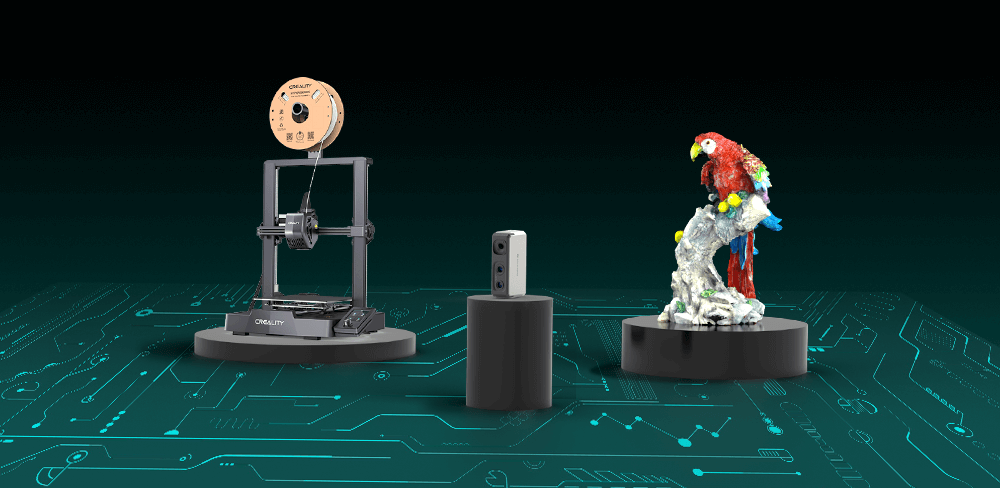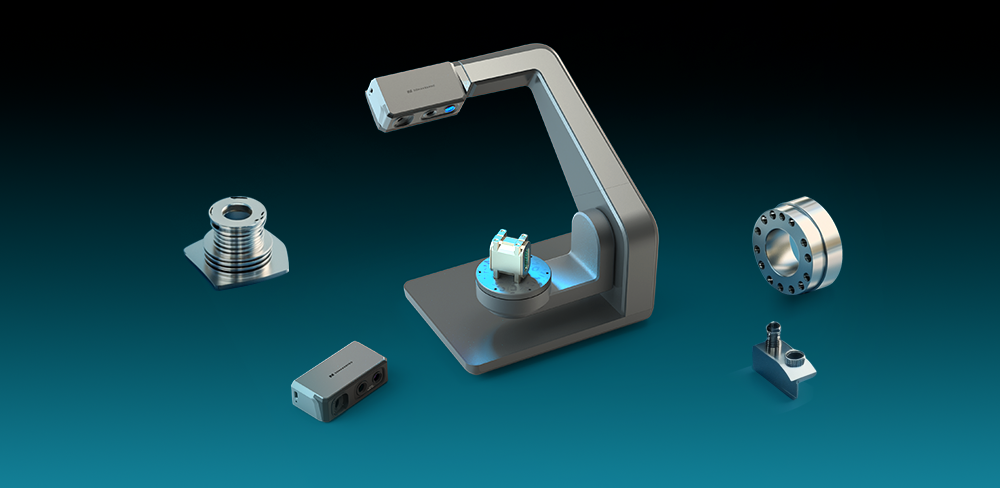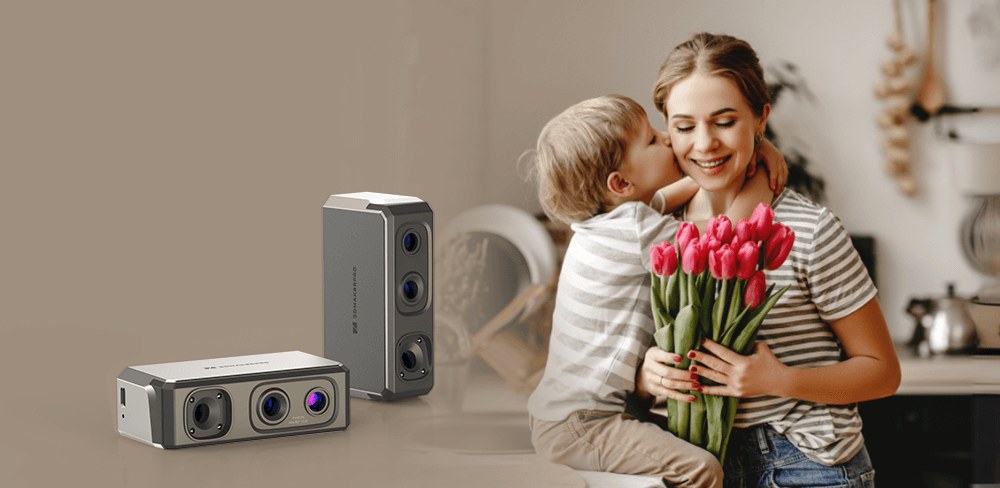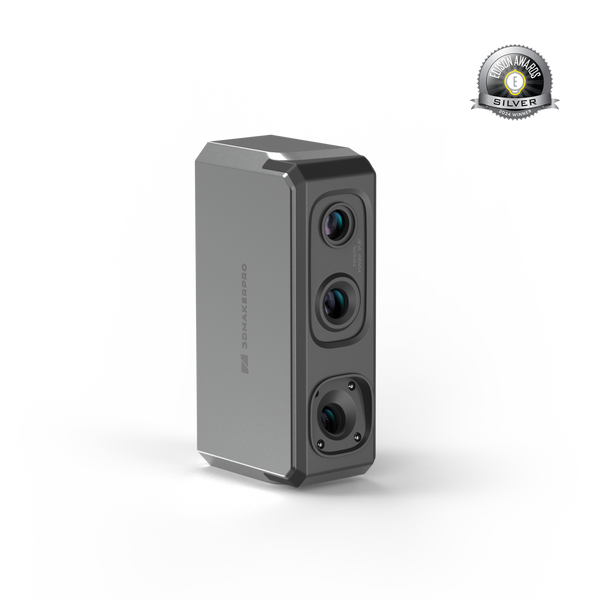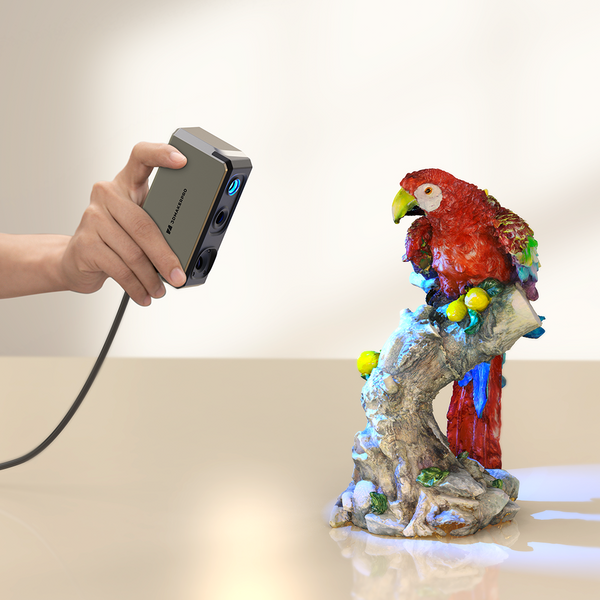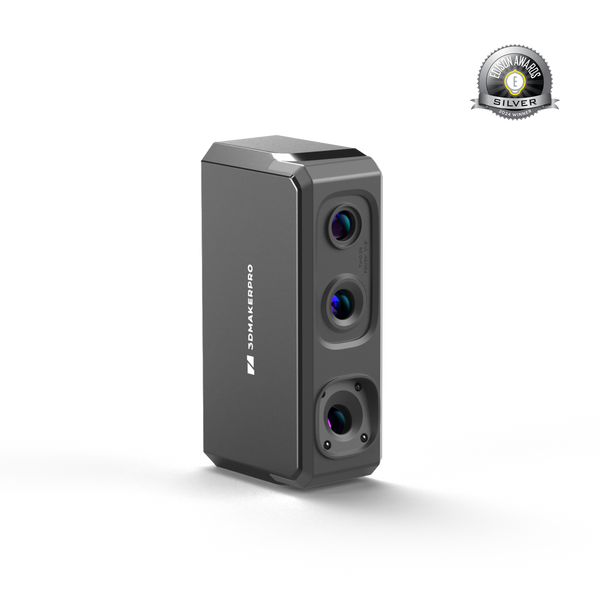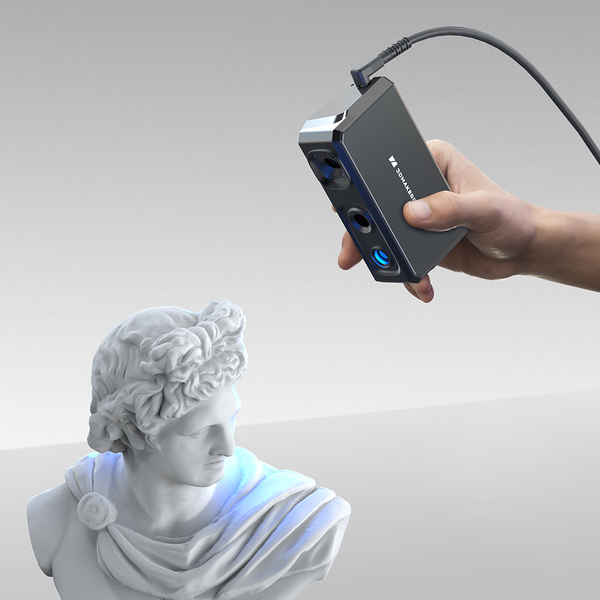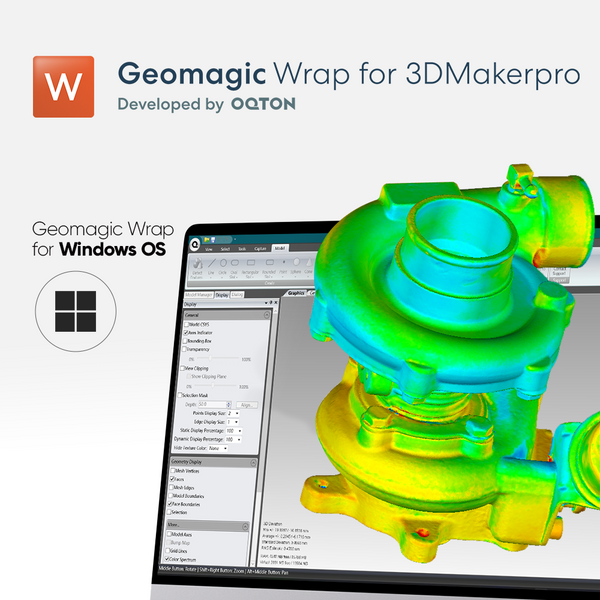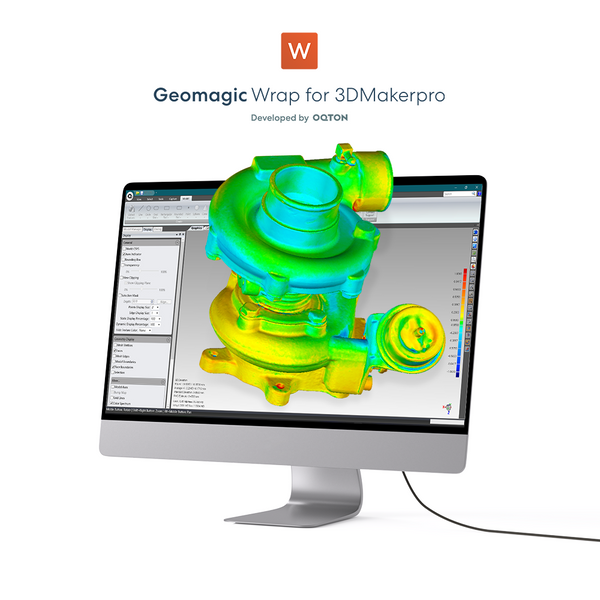Integrar modelos 3D en películas y animaciones digitales es crucial para crear imágenes impactantes y experiencias inmersivas. Tanto si eres un aspirante a cineasta como un animador experimentado, dominar... Cómo convertir un modelo 3D en película digital puede mejorar enormemente tus capacidades narrativas. Este artículo explorará las aplicaciones de Seal Escáner 3D y describir los pasos esenciales para utilizarlo eficazmente en películas y animaciones digitales.
1. Comprensión de los conceptos básicos del modelado 3D
Antes de profundizar en las técnicas de integración, es fundamental comprender los fundamentos del modelado 3D. Familiarícese con la estructura de las mallas, las texturas, los materiales y el proceso de rigging para la animación. Comprender estos componentes sienta las bases para crear modelos 3D de alta calidad que se puedan integrar a la perfección en sus animaciones, lo cual es esencial para... Cómo convertir un modelo 3D en película digital.
2. Elegir el software adecuado
Comience por fusionar y eliminar el ruido de sus datos de escaneo utilizando un software de procesamiento de modelos básico como Estudio JM. Luego, utilice herramientas avanzadas de edición de modelos como Envoltura Geomagic para 3DMakerpro Para refinar tu modelo 3D. Finalmente, expórtalo a un software de animación como Blender, Autodesk Maya o Cinema 4D para su posterior edición. Seleccionar un software que se ajuste a tu nivel de habilidad y a las necesidades del proyecto garantizará un flujo de trabajo más fluido y una mejor compatibilidad al exportar tu modelo de animación.
3. Preparación del modelo 3D
La preparación adecuada de su modelo 3D es clave para una integración exitosa. Esto incluye optimizar el modelo reduciendo el número de polígonos, aplicando texturas con precisión y exportándolo en el formato correcto. Un modelo bien preparado mejora el rendimiento durante el renderizado y garantiza que se integre a la perfección en su proyecto de animación. Seal El escáner 3D facilita este proceso, ofreciendo especificaciones impresionantes como una precisión de 0,01 mm y una resolución de 0,05 mm. Con una velocidad de fotogramas de 10 fps y un modo de seguimiento visual con IA, el Seal El escáner permite la captura precisa de modelos 3D, lo que lo hace invaluable para comprender Cómo convertir un modelo 3D en película digitalAl utilizar una fuente de luz azul, también admite textura de color, lo que agrega más valor para cineastas y animadores.
4. Integración del modelo 3D en su software de animación
Una vez preparado el modelo, integrarlo en el software de animación implica importarlo y posicionarlo correctamente en la escena. Un escalado y una colocación correctos son esenciales para garantizar que el modelo interactúe de forma natural con los demás elementos del entorno. Este paso es crucial para crear una narrativa visual creíble y coherente.
5. Iluminación y renderizado
La iluminación influye significativamente en el realismo de tu modelo 3D integrado. Al configurar diversas fuentes de luz y habilitar sombras, puedes mejorar la profundidad y la conexión entre tu modelo y su entorno. Elegir la configuración de renderizado adecuada garantiza que el resultado final se ajuste a tu visión creativa, dando como resultado un producto impecable.
6. Técnicas de posproducción
La posproducción es donde puedes llevar tu trabajo aún más lejos. Usar software de composición para combinar renders 3D con secuencias de acción real permite transiciones fluidas y efectos visuales. La gradación de color puede unificar la estética entre el modelo y el fondo, mejorando el atractivo visual general de tu proyecto. Este proceso es esencial para comprender con éxito Cómo convertir un modelo 3D en película digital.
7. Pruebas e iteración
La integración suele ser un proceso iterativo que se beneficia de las pruebas y la retroalimentación. Al previsualizar la animación y recopilar críticas constructivas, puede realizar ajustes fundamentados para mejorar su trabajo. Este enfoque iterativo ayuda a refinar la integración del modelo 3D, lo que finalmente resulta en un producto final más pulido.
La integración de modelos 3D en películas y animaciones digitales es una tarea multifacética que combina creatividad y habilidad técnica. Seal El escáner 3D ejemplifica cómo la tecnología avanzada puede optimizar el proceso de modelado, permitiendo a los creadores capturar detalles intrincados con gran precisión. Al comprender los fundamentos, elegir las herramientas adecuadas y dominar las técnicas de integración, aprenderá Cómo convertir un modelo 3D en película digital Efectivamente. Practica y experimenta, y deja que tu creatividad florezca mientras das vida a tus mundos imaginativos. ¡Feliz animación!





